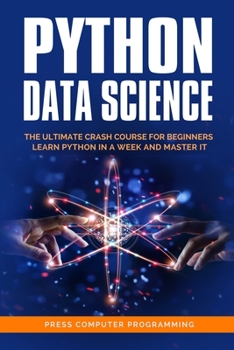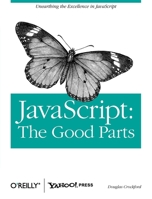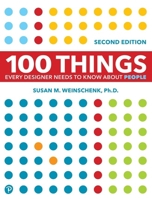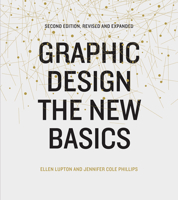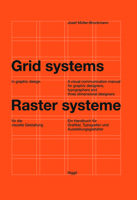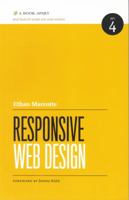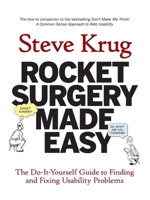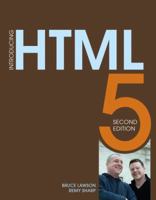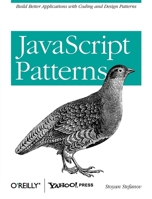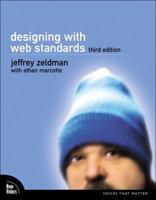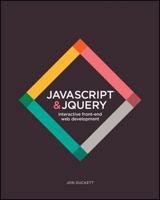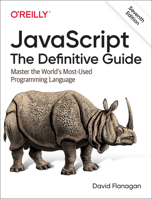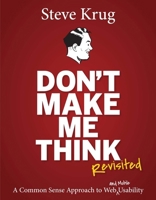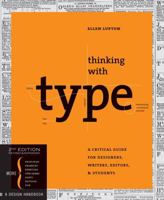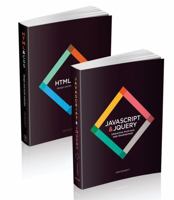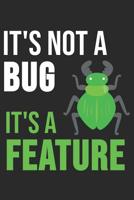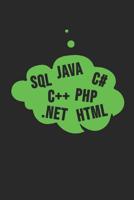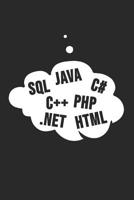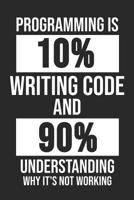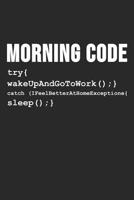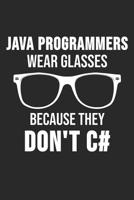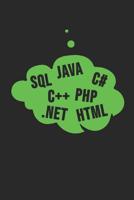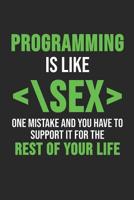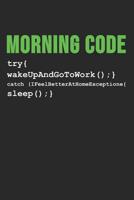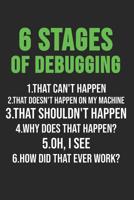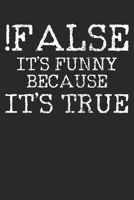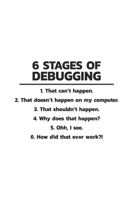Python Data Science: The Utimate Crash Course for Beginners. Learn Python in a Week and Master It.
Select Format
Select Condition 
You Might Also Enjoy
Book Overview
Most probably yes, but... there is a "secret" formula to get it done. That's right, Python is friendly language, but you need to learn it the right way.
Especially if you want to start learning dozens of different methods to launch your career as a Python programmer. Correct, you can't afford to wait months, or even years to learn a new language.
However, that's not a big issue anymore, we've got you covered on this.
Today, you can get the ultimate masterclass: Python Data Science. The brand new crash course for beginners: that will make you a Python master in less than a week.
Ready to get started? There is much more waiting for you...
Becoming a programmer is something only a few accomplish. Yet, that's only because they didn't get the right preparation.
But those times are over.
It's much better if you start doing it by easy, working & steady methods.
SCROLL UP AND GRAB YOUR COPY NOW











